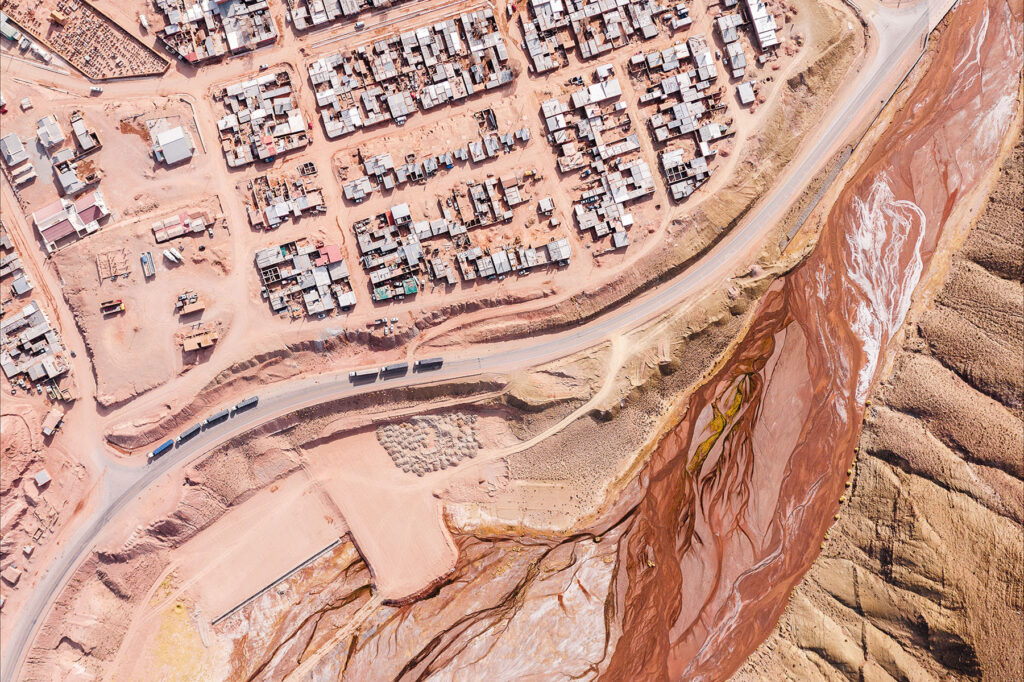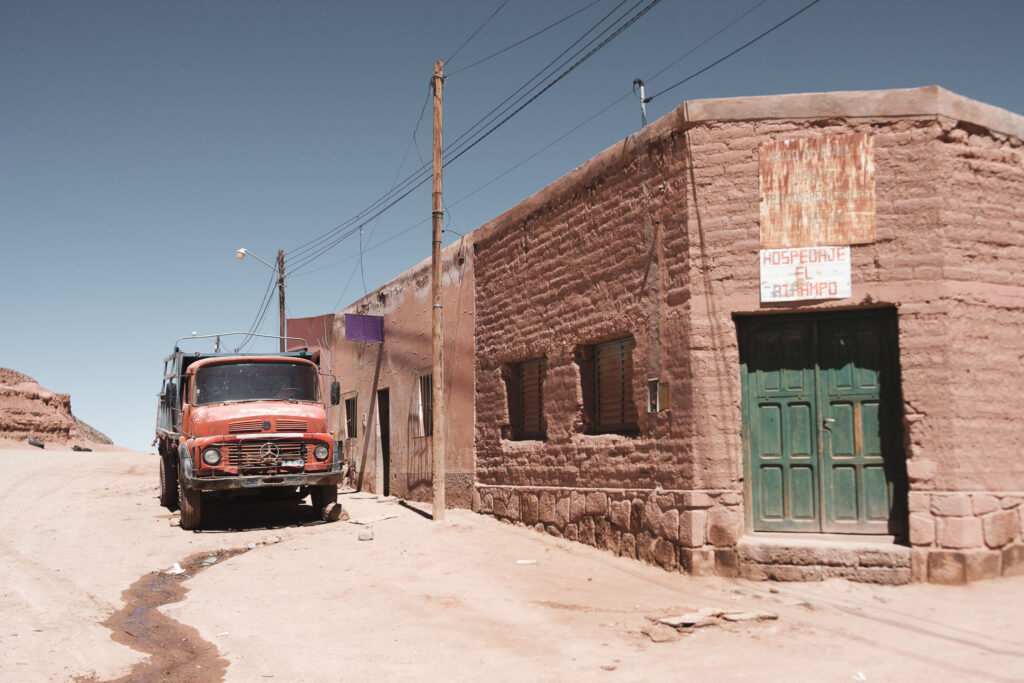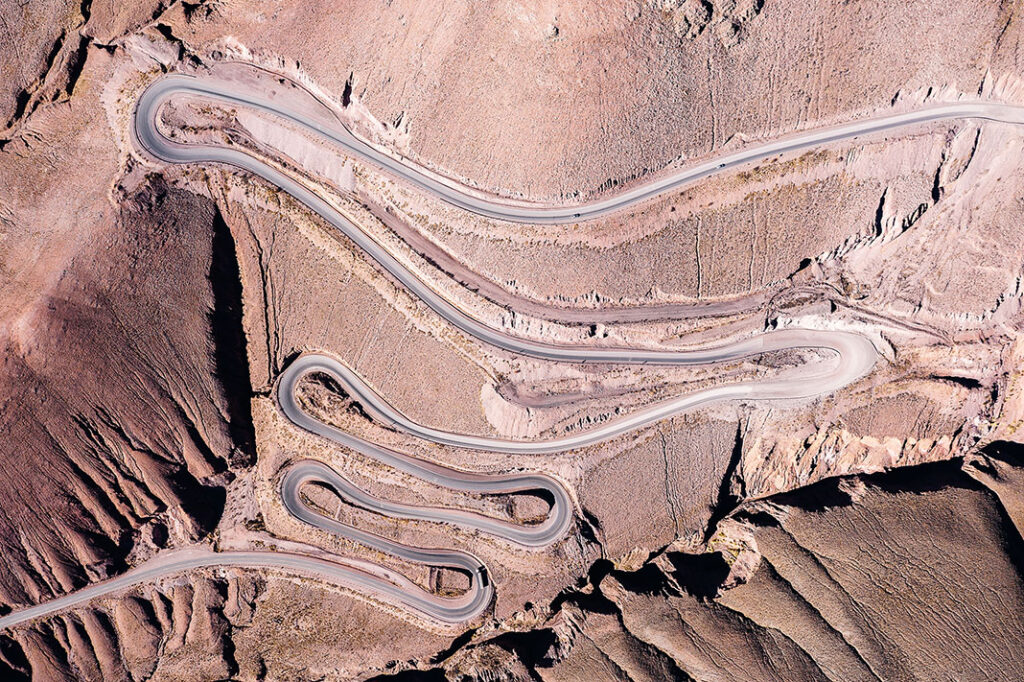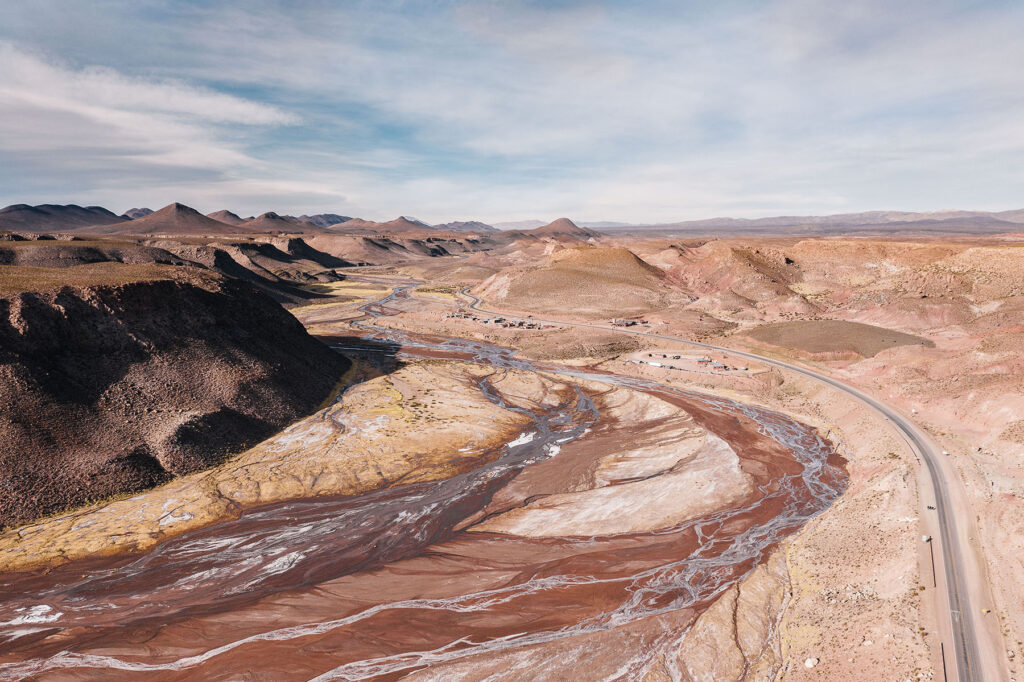For a long time, the region of today’s Susques was located on the edge of its respective state. After the dissolution of the Territorio Nacional de los Andes in 1943, Susques became part of the province of Jujuy. For another 35 years, Susques was only accessible via Antofagasta de la Sierra from the south.

Like other communities of the Argentine Puna, until the end of the 20th century Susques was a small hamlet. Travelers usually described it as a “group of houses around a church”. Characterized by high spatial mobility, the majority of the population lived scattered in the campo. Transhumant pastoralism (llamas, sheep, goats) was the economically and culturally most significant activity. Livestock production was often combined with small-scale agriculture (including maize, peas, and potatoes), where possible, and the production of handicrafts such as woven goods. In addition to subsistence, these activities also served to barter with the populations of the Quebrada de Humahuaca, the Calchaquí valleys, the Argentine lowlands, and the Chilean Atacama Desert.

As of the 20th century, these subsistence strategies were increasingly complemented by irregular wage labor in nearby mines such as El Aguilar and Mina Pirquitas. In the department of Susques, many people also work in the borate mines of Salar de Olaroz-Cauchari. From the associated relative increase in wage labor, but also due to greater control of compulsory education as well as the introduction of social plans in the Kirchner era, there was a new need to relocate households to the villages.
International Jama Pass
Historically marginalized in the national and regional context, the village of Susques is now strategically located along the Ruta Nacional 52, connecting Argentina and Chile. Local residents note pronounced changes – both positive and negative – after the expansion of the international Jama Pass (Paso de Jama), but especially after the opening of the border complex in 2009. With the increasing number of long-distance truckers resting in the vicinity of the village, as well as the number of overnight transients, the number of people circulating and residing in the village also increased. As a result, lodging facilities such as the Complejo Turístico Pastos Chicos, services such as the car tire repair shop Gomería El Milagro, and small grocery and shopping stores, among others, began to appear.

Lithium mining in the department of Susques
At the end of the 2000s, the first lithium mining companies started to contact the indigenous communities of the department, including Susques. Today there are several mining and exploration projects on the Salar de Olaroz-Cauchari. Sales de Jujuy started its commercial lithium extraction in 2014. Minera Exar is advancing constructions and plans to enter the commercial phase soon. Furthermore, South American Salars and the Canadian company Millennial Lithium are realizing explorations.
This mix leads to profound changes within the village, although the origins and reasons are usually not clearly attributable. A rapid increase in population, numerous new stores, accommodations and restaurants, and new infrastructure projects illustrate this dynamic. Susques is today a rapidly growing village in the high Andes. No one exactly knows where this dynamic will lead.

PhD in geography & heterodox economist, works on the global political economy of decarbonization, especially lithium and hydrogen. Strong focus on global production networks, human-environment relations and photography.